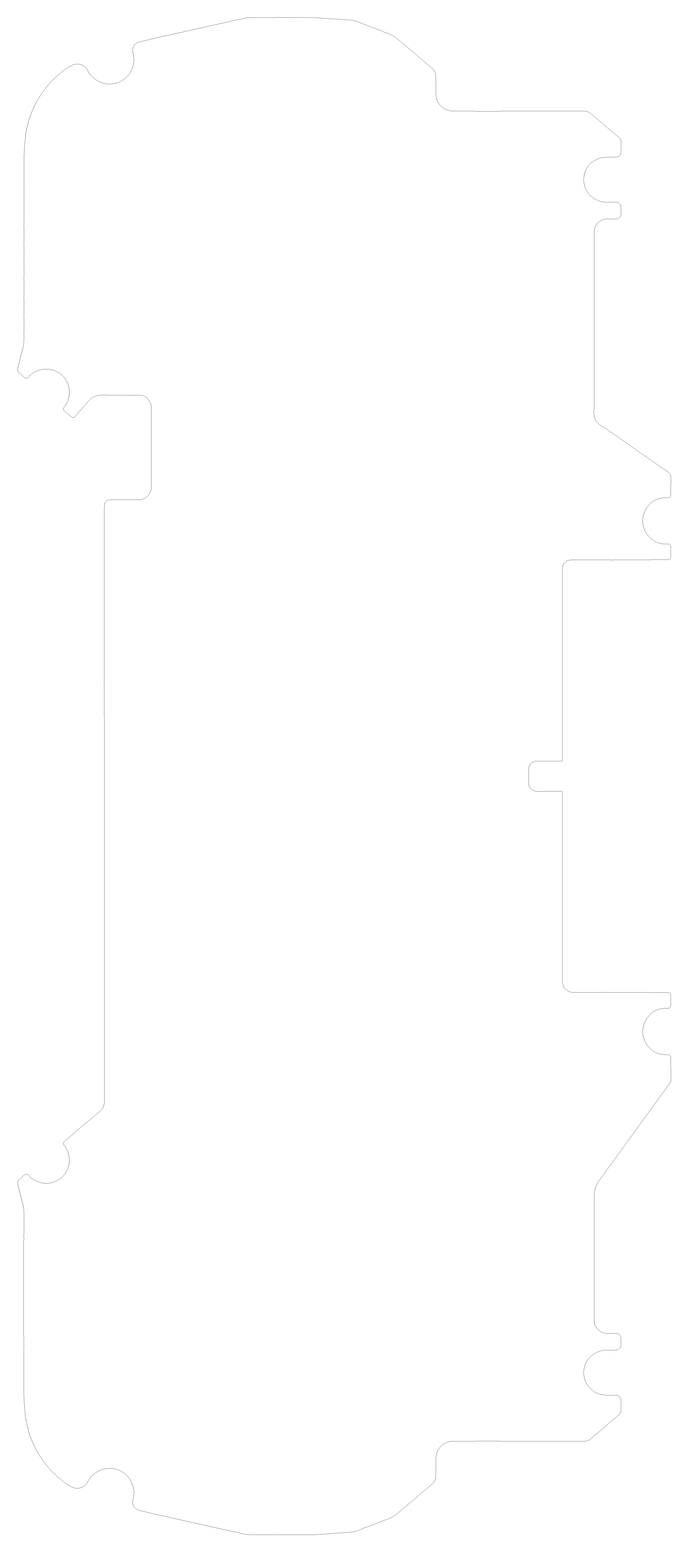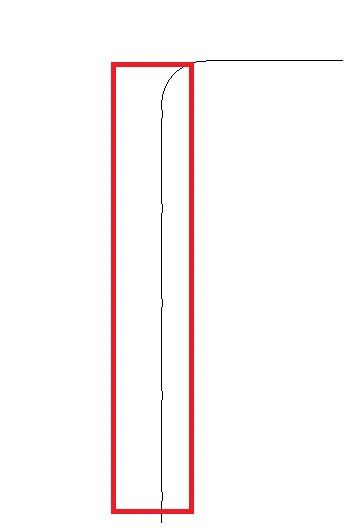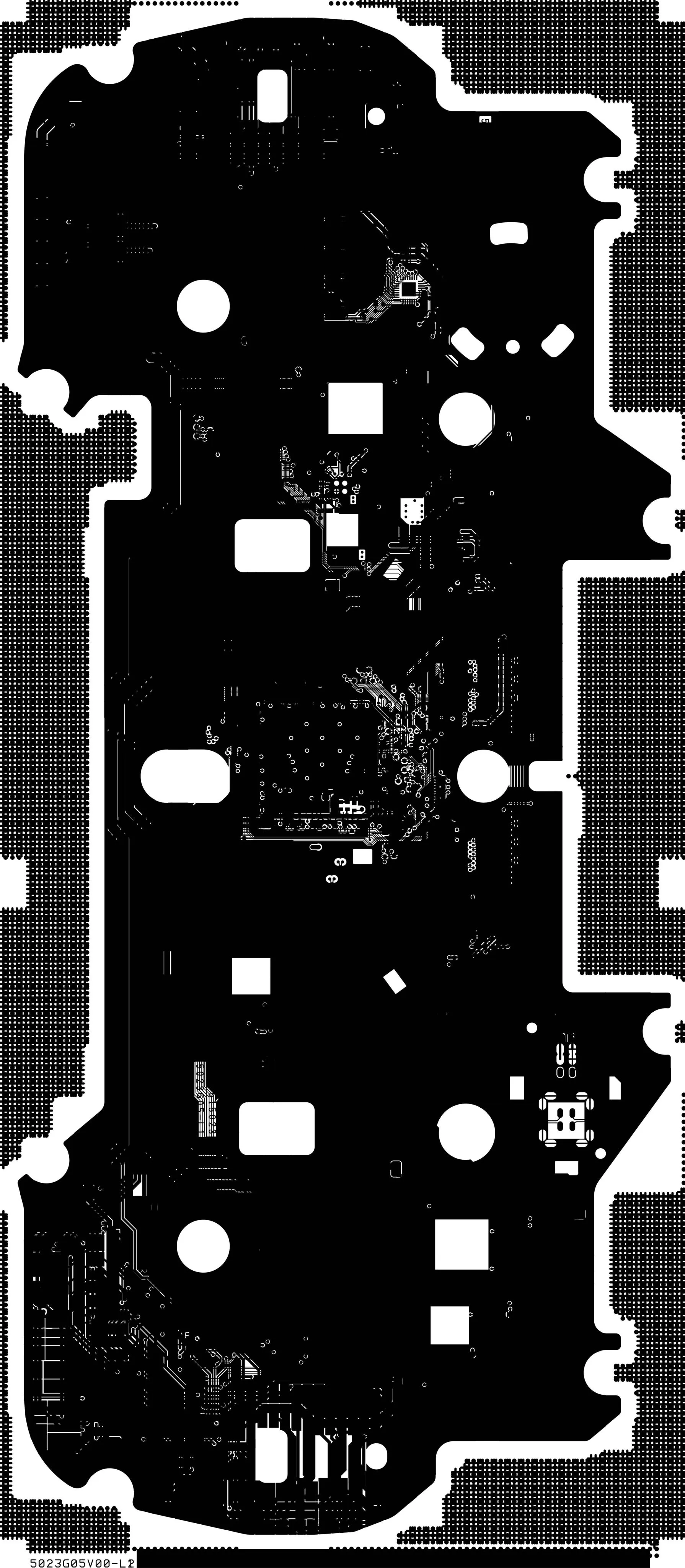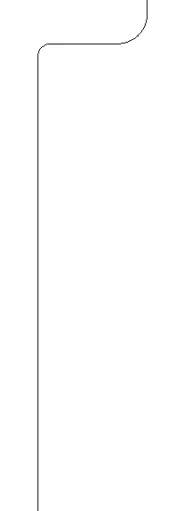我不确定是否可以提供Java代码 - 但我为openCV轮廓实现了高斯平滑。逻辑和理论来自这里https://www.morethantechnical.com/2012/12/07/resampling-smoothing-and-interest-points-of-curves-via-css-in-opencv-w-code/
package CurveTools;
import org.apache.log4j.Logger;
import org.opencv.core.Mat;
import org.opencv.core.MatOfPoint;
import org.opencv.core.Point;
import java.util.ArrayList;
import java.util.List;
import static org.opencv.core.CvType.CV_64F;
import static org.opencv.imgproc.Imgproc.getGaussianKernel;
class CurveSmoother {
private double[] g, dg, d2g, gx, dx, d2x;
private double gx1, dgx1, d2gx1;
public double[] kappa, smoothX, smoothY;
public double[] contourX, contourY;
void getGaussianDerivs(double sigma, int M) {
int L = (M - 1) / 2;
double sigma_sq = sigma * sigma;
double sigma_quad = sigma_sq * sigma_sq;
dg = new double[M];
d2g = new double[M];
g = new double[M];
Mat tmpG = getGaussianKernel(M, sigma, CV_64F);
for (double i = -L; i < L + 1.0; i += 1.0) {
int idx = (int) (i + L);
g[idx] = tmpG.get(idx, 0)[0];
dg[idx] = -i * g[idx] / sigma_sq;
d2g[idx] = (-sigma_sq + i * i) * g[idx] / sigma_quad;
}
}
void getdX(double[] x, int n, double sigma, boolean isOpen) {
int L = (g.length - 1) / 2;
gx1 = dgx1 = d2gx1 = 0.0;
for (int k = -L; k < L + 1; k++) {
double x_n_k;
if (n - k < 0) {
if (isOpen) {
x_n_k = x[-(n - k)];
} else {
x_n_k = x[x.length + (n - k)];
}
} else if (n - k > x.length - 1) {
if (isOpen) {
x_n_k = x[n + k];
} else {
x_n_k = x[(n - k) - x.length];
}
} else {
x_n_k = x[n - k];
}
gx1 += x_n_k * g[k + L];
dgx1 += x_n_k * dg[k + L];
d2gx1 += x_n_k * d2g[k + L];
}
}
void getdXcurve(double[] x, double sigma, boolean isOpen) {
gx = new double[x.length];
dx = new double[x.length];
d2x = new double[x.length];
for (int i = 0; i < x.length; i++) {
getdX(x, i, sigma, isOpen);
gx[i] = gx1;
dx[i] = dgx1;
d2x[i] = d2gx1;
}
}
void computeCurveCSS(double[] curvex, double[] curvey, double sigma, boolean isOpen) {
int M = (int) Math.round((10.0 * sigma + 1.0) / 2.0) * 2 - 1;
assert (M % 2 == 1);
getGaussianDerivs(sigma, M);
double[] X, XX, Y, YY;
getdXcurve(curvex, sigma, isOpen);
smoothX = gx.clone();
X = dx.clone();
XX = d2x.clone();
getdXcurve(curvey, sigma, isOpen);
smoothY = gx.clone();
Y = dx.clone();
YY = d2x.clone();
kappa = new double[curvex.length];
for (int i = 0; i < curvex.length; i++) {
kappa[i] = (X[i] * YY[i] - XX[i] * Y[i]) / Math.pow(X[i] * X[i] + Y[i] * Y[i], 1.5);
}
}
ArrayList<Integer> findCSSInterestPoints() {
assert (kappa != null);
ArrayList<Integer> crossings = new ArrayList<>();
for (int i = 0; i < kappa.length - 1; i++) {
if ((kappa[i] < 0.0 && kappa[i + 1] > 0.0) || kappa[i] > 0.0 && kappa[i + 1] < 0.0) {
crossings.add(i);
}
}
return crossings;
}
public void polyLineSplit(MatOfPoint pl) {
contourX = new double[pl.height()];
contourY = new double[pl.height()];
for (int j = 0; j < contourX.length; j++) {
contourX[j] = pl.get(j, 0)[0];
contourY[j] = pl.get(j, 0)[1];
}
}
public MatOfPoint polyLineMerge(double[] xContour, double[] yContour) {
assert (xContour.length == yContour.length);
MatOfPoint pl = new MatOfPoint();
List<Point> list = new ArrayList<>();
for (int j = 0; j < xContour.length; j++)
list.add(new Point(xContour[j], yContour[j]));
pl.fromList(list);
return pl;
}
MatOfPoint smoothCurve(MatOfPoint curve, double sigma) {
int M = (int) Math.round((10.0 * sigma + 1.0) / 2.0) * 2 - 1;
assert (M % 2 == 1);
getGaussianDerivs(sigma, M);
polyLineSplit(curve);
getdXcurve(contourX, sigma, false);
smoothX = gx.clone();
getdXcurve(contourY, sigma, false);
smoothY = gx;
Logger.getRootLogger().info("Smooth curve len: " + smoothX.length);
return polyLineMerge(smoothX, smoothY);
}
}
 然而,它有一些噪点。
我放大了一下,以更清楚地表达我的意思。
然而,它有一些噪点。
我放大了一下,以更清楚地表达我的意思。
 我使用的原始图像:
我使用的原始图像:
 代码:
代码: 然而,它有一些噪点。
我放大了一下,以更清楚地表达我的意思。
然而,它有一些噪点。
我放大了一下,以更清楚地表达我的意思。
 我使用的原始图像:
我使用的原始图像:
 代码:
代码: